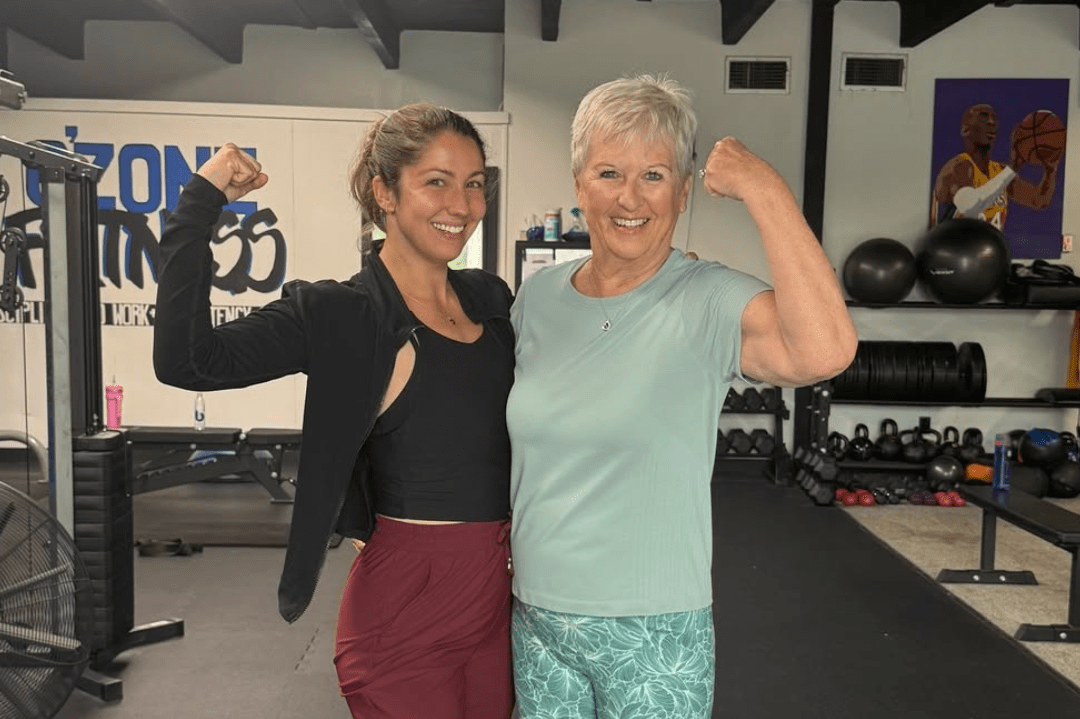Waiting for follow-up scans and test results after a cancer diagnosis can stir a unique kind of fear. Many survivors call it “scanxiety.” It’s a mix of nerves, dread, and hope that comes with every follow-up appointment. And it’s not a small issue. Research across many cancer types shows that up to 85% of survivors deal with some level of scanxiety. That means most survivors know this feeling well.
Scanxiety is a real and heavy part of life after cancer. A cancer survivor once told us, “I was never as scared during treatment as I was when I entered survivorship.”
Nearly every Survivor Fitness participant has talked about the mental and emotional challenges of their post-treatment journey. We want to help you feel less alone by sharing strategies that can make the waiting and worrying a little easier.
Evidence-Based Approaches for Coping with Scanxiety
There’s no single way to make scanxiety disappear, but research shows that small, consistent steps can help ease the worry. Here are a few practical strategies that many survivors have found helpful:
1. Pause, breathe, and give your mind a quiet break.
Simple practices like deep breathing, meditation, or guided imagery can help calm your body and quiet racing thoughts. Studies suggest that relaxation techniques can reduce anxiety and stress during medical follow-ups. Even five minutes of slow, steady breathing before a scan can make a difference. Here are some relaxing breathing exercises for anxiety from BetterHelp, our mental health counseling program partner. You can also check out this helpful video that walks you through a simple breathing exercise.
Try building a routine of mindfulness, whether it’s meditation, prayer, or simply sitting quietly and focusing on your breath.
Learn More: Check out Self-Care Strategies for Managing Stress for Cancer Survivors.
2. Stay active to help your mind and mood.
Movement is one of the best ways to reduce anxiety. Survivors who walk, stretch, or do light exercise often report feeling less tense before and after scans. One study noted that physical activity was one of the most common coping strategies among cancer survivors dealing with scanxiety. The movement does not have to be intense. A short walk outside, a yoga class, or light strength work can help boost your mood and remind you that your body is still strong and capable.
Learn More: Explore Gentle Exercise Tips for Cancer Survivors.
3. Share your fears with friends, family, or fellow survivors.
Scanxiety often feels heavier when you try to carry it alone. Talking with someone you trust can help ease the weight. That might mean a family member, a close friend, or another survivor who understands. Many survivors say that having someone accompany them to appointments makes the experience less overwhelming. Social support has been shown to reduce distress, and it gives you a reminder that you don’t have to face the waiting period by yourself.
Learn More: Discover How to Build Your Support Network After Cancer Treatment.
4. Seek professional support that can give you tools to cope better.
Sometimes the anxiety feels bigger than you can manage on your own. That’s normal, too. Counseling, support groups, or therapy can provide tools to work through fear and uncertainty. In fact, studies show that therapy focused on relieving anxiety and fear of recurrence is effective in lowering scan-related stress.
This is one reason Survivor Fitness added mental health counseling to our programs. We know that physical health and mental health are deeply connected. Healing after cancer often requires both.
Learn More: Gain Insights for Building Mental and Emotional Resilience After Cancer Treatment.
5. Focus on what you can control.
Uncertainty is one of the hardest parts of scanxiety, but focusing on small things you can control helps calm the mind. Research found that cancer survivors who used proactive coping strategies—like preparing questions for their doctor, planning healthy routines, or setting aside time for rest—reported less anxiety while waiting for results. Simple steps such as keeping a consistent sleep schedule, preparing meals that fuel your body, or writing down concerns to bring to your next appointment can make the unknown feel more manageable.
Learn More: Read Science-Backed Strategies for Living Healthier After Cancer.
You’re Not Alone
Scanxiety is one of the most common struggles survivors face. It can feel isolating, but the truth is that almost everyone who walks this path knows what it’s like to wait for results and wonder about the future.
At Survivor Fitness, we’ve seen how survivors use these strategies to regain control, reduce fear, and focus on living fully after treatment. We’ve also seen how powerful it is when survivors share their stories. Hearing from others who understand can remind you that you don’t have to face scanxiety alone.
If you want to read more about how other participants are finding hope and strength, explore our Survivor Fitness participant stories. You’ll see real people who have faced the same fears and discovered tools to move forward.
You can also learn more about our programs or apply today to take your next step toward a more resilient and hopeful future.


